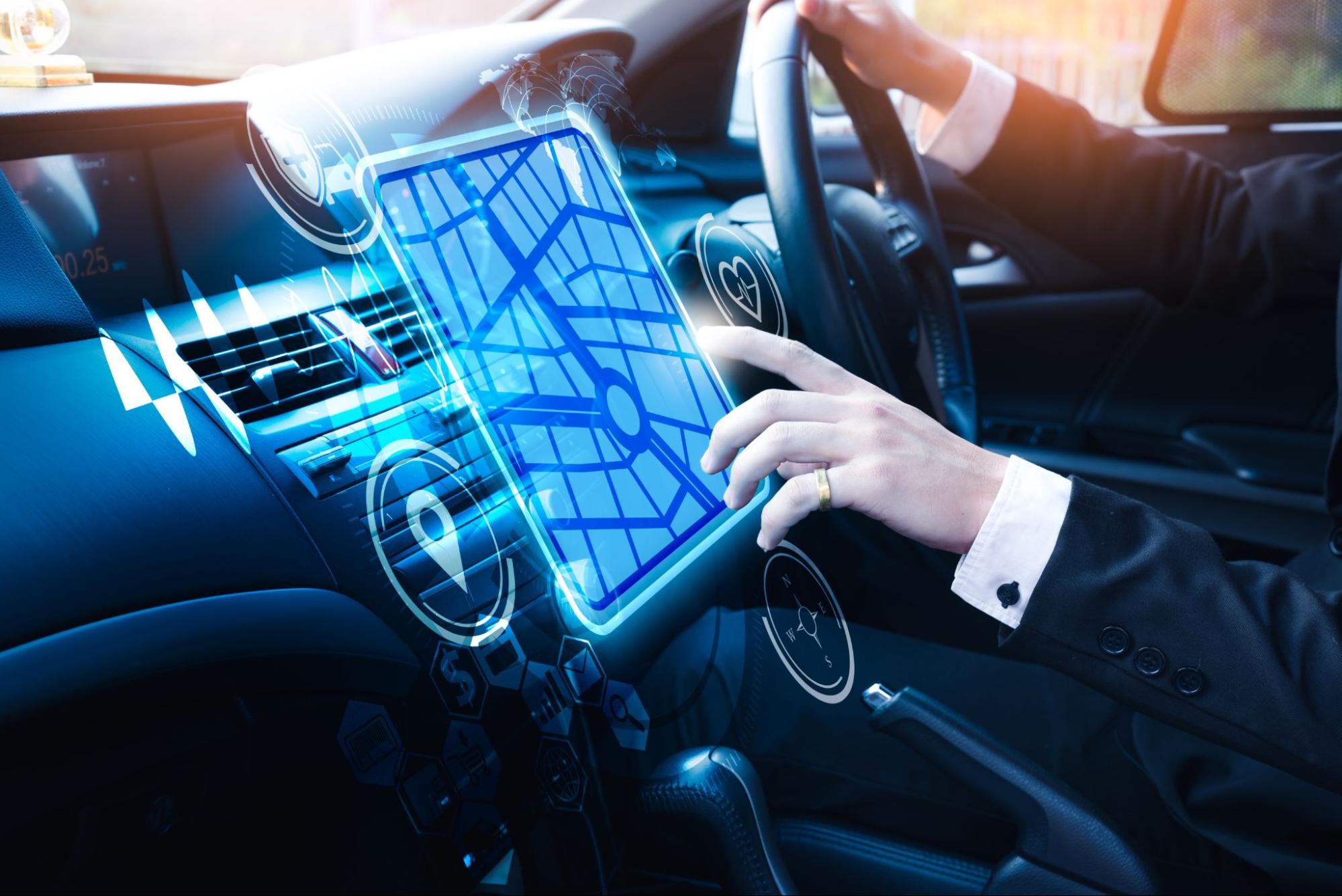Autonomous vehicles: technologies and options
Introduction
Over 90% of the accidents happening on our roads are caused by human errors. Due to this, automotive engineers are working tirelessly to change the situation. One of the remedies is the introduction of self-driving technology such as cruise control. You might not have encountered these vehicles, but they will be on your highways in the coming 2-3 years. A lot must be done on these vehicles to be effective. In this post, you will read about technologies used in developing driverless cars.
Camera vision
Cameras are essential in the visual representation of the driverless car’s surroundings. In autonomous cars, the cameras are installed on the four sides of the vehicle to provide a 360° view. These cameras apply narrow and wide vision fields for short and long-range arrow view perception. To capture a panoramic image that also aids in parking.
Light direction and ranging (Lidar)
It is one of the latest sensing technology in driverless cars. Lidar uses ultraviolet to determine the distance between objects and the vehicle. It calculates the time the light will travel from the sensor towards the objects and back again.
Radio detection and ranging (Radar)
Radar is the other sensor that has a vital role in the autonomous vehicle. The sensor calculates the delay between sending a radio pulse and getting an echo. Radar is more powerful than lidar and cameras as it works effectively in bad weather.
Ultrasonic sensors
These sensors are installed on the rear wheels to track the car’s movement; the sensor will alert the vehicle of any objects at the car’s rear. The sensor prevents the car from hitting objects or pedestrians at the vehicle’s back.
Final take away
Autonomous cars are the future of our roads. The vehicle will take you to your desired destination as you sit back and enjoy the ride. Ultimately the technology is here with us on a small scale, like in the vehicles installed with cruise control, lane management system and self-parking assistance.

